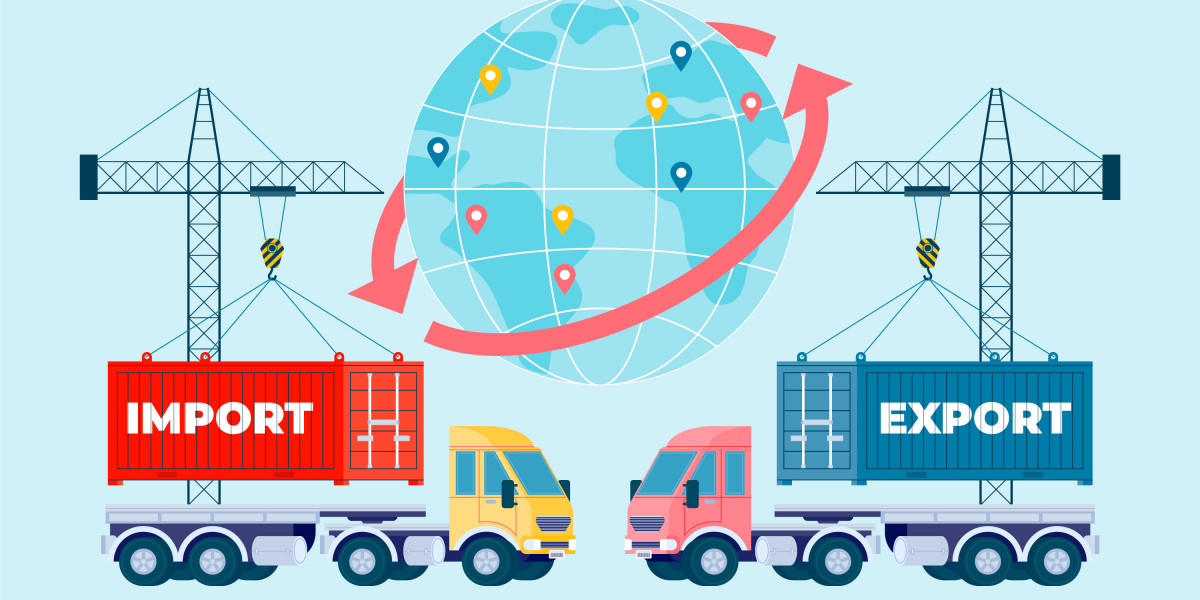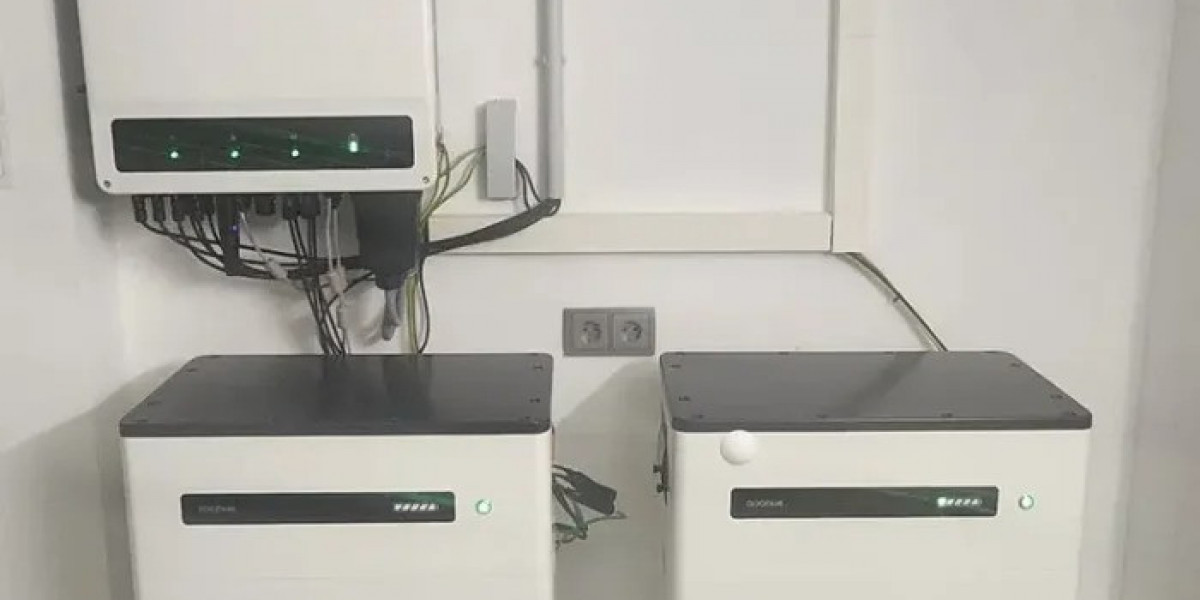A Certificate of Origin (COO) is a crucial document in international trade, verifying that the goods exported are wholly obtained, produced, or manufactured in a particular country. This document is often required by customs authorities in the importing country to determine the origin of goods, applicable tariffs, and trade policy enforcement.
Whether you are an experienced exporter or just starting out, understanding how to use a Certificate of Origin effectively can streamline your trade process.
What is a Certificate of Origin?
A Certificate of Origin is a legal document that certifies the country where the goods in a shipment were produced. It is typically issued by a government-authorized agency, such as a chamber of commerce or a trade body.
There are two main types of COOs:
Preferential Certificate of Origin: Used when a country has a trade agreement with the importing country.
Non-Preferential Certificate of Origin: Used when no such agreement exists, but the importing country still requires verification.
Step-by-Step Guide to Using a Certificate of Origin
Step 1: Determine If You Need a Certificate of Origin
Check the import regulations of the destination country. Most countries require a COO for customs clearance, especially if you're claiming tariff benefits under a free trade agreement.
Step 2: Prepare the Necessary Documentation
Gather the following documents:
Commercial invoice
Packing list
Bill of lading or airway bill
Manufacturing details or product origin declaration
These documents support your application for the COO.
Step 3: Apply Through the Appropriate Authority
In India, exporters can obtain a Certificate of Origin in India through the Directorate General of Foreign Trade (DGFT) or authorized chambers of commerce.
You can apply:
Online: Through the DGFT portal (especially for Preferential COOs)
Offline: By submitting physical forms to the authorized chamber
Step 4: Submit Your Application
Ensure your application includes accurate product details, HS codes, and origin declaration. Any mismatch can delay processing or lead to rejection.
Step 5: Obtain the Certified COO
Once verified, the issuing authority will provide a stamped and signed certificate. This certificate may be digital (with a QR code) or physical, depending on the mode of application.
Step 6: Attach the Certificate to Shipping Documents
Include the Certificate of Origin with your shipping documents when dispatching goods. The buyer or their customs agent will present this document at the port of entry to facilitate clearance.
Benefits of Certificate of Origin
Understanding the benefits of Certificate of Origin can help businesses appreciate its significance beyond compliance:
1. Smoother Customs Clearance
A COO simplifies the import process by confirming the origin, helping avoid unnecessary inspections or penalties.
2. Reduced Import Duties
In many cases, particularly under trade agreements like SAFTA or ASEAN-India FTA, goods accompanied by a Preferential COO enjoy reduced or zero tariffs.
3. Compliance and Transparency
Using a COO demonstrates your commitment to lawful international trade practices, boosting credibility with clients and customs.
4. Competitive Advantage
Exporters using COOs effectively can price their products more competitively in overseas markets, thanks to reduced duty structures.
Conclusion
Using a Certificate of Origin in India correctly ensures smooth international trade operations and allows businesses to reap the benefits of Certificate of Origin, such as tariff reductions and enhanced credibility. By following this step-by-step guide, exporters can navigate the process with confidence and efficiency.










